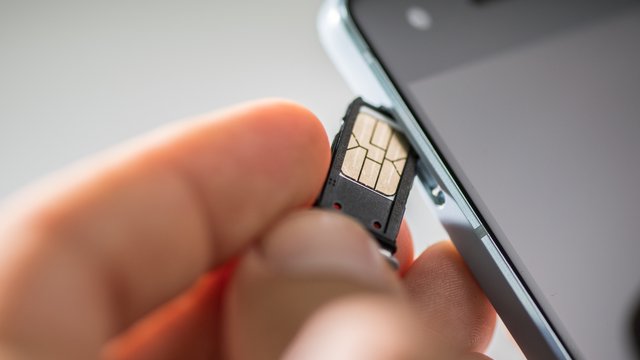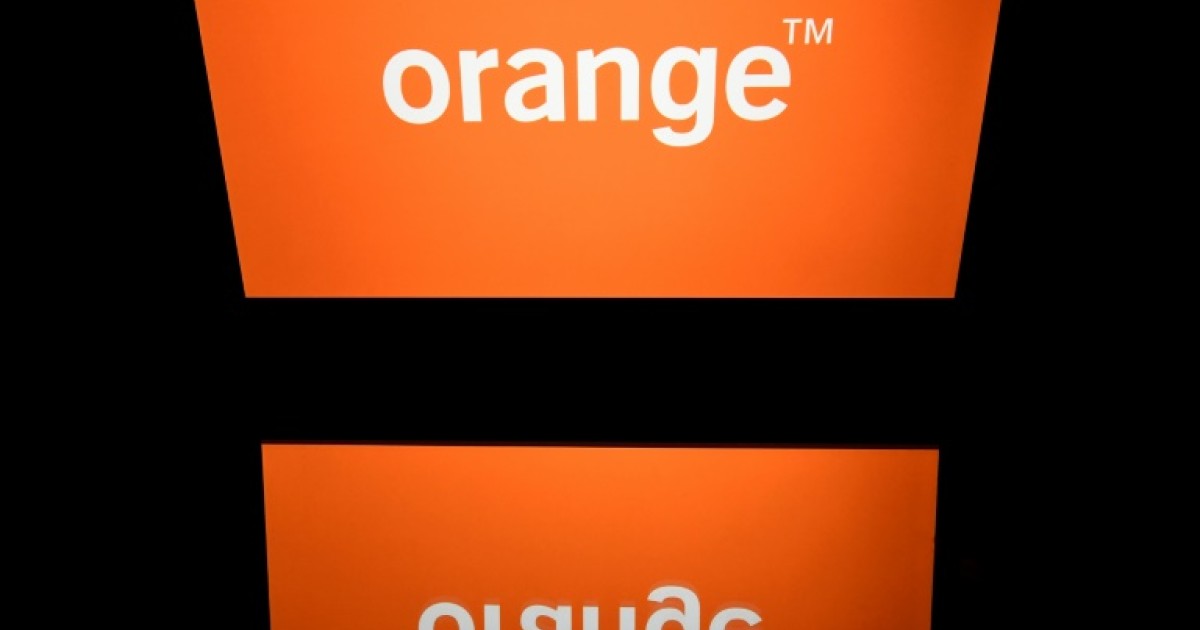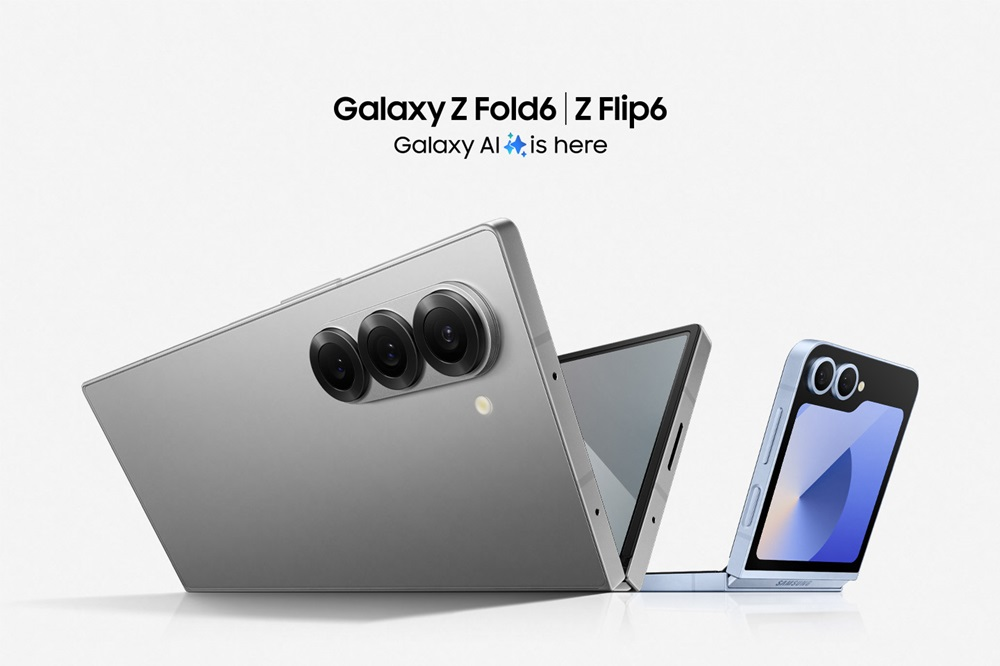It’s just a small processor with a little memory on a piece of plastic. But without a SIM, there will be no mobile phone calls, no SMS and no data connections. It may become unnecessary in the future.
At the beginning of the 90s, the SIM card was still in the form of a bank card. “It was quickly replaced by a micro-SIM,” explains Henning Gajek of the telecommunications portal Teltarif.de. Despite its name, mini-SIM is the biggest alternative today. It measures 2.5 x 1.5 cm and is mainly used in simple mobile phones.
Then there is a micro-SIM with dimensions (1.5 x 1.2 cm) with an intermediate size, which, according to Gajek, is used less and less. Virtually all newer devices work with a nano-SIM card. This one measures 1.23 x 0.88 cm and is made almost entirely of foil, the plastic edge is thin. Service providers usually offer all card sizes on one carrier. The desired format is pressed from the pre-cut shape or reassembled from the pressed parts.
Small cards should avoid tons of plastic waste
And airlines are shrinking. Many providers have halved their size, they are only half the size of a bank card.
In the medium to long term, insertable SIM cards are becoming a thing of the past. The reason for this is called “eSIM”. This is a chip already built into the device. After that, users receive a code with which they can activate their profile. This should make changing contracts easier.
ESIMs aren’t just useful in smartphones or tablets — even if only a few smartphones currently support eSIM, Gajek says. It is also useful for use in wearable devices such as smart watches or fitness trackers. With an active profile, you can make calls directly with a smartwatch – without a connected smartphone.
eSIM from network operators
And what about network operators? Telefonica offers an eSIM as an option for all contract customers. At Telekom, on the other hand, both fixed-term and prepaid contracts are capable of using an eSIM. And at Vodafone, an eSIM is an option for contract customers. A company spokesperson said they are also working on an offer for prepaid customers.
eSIM smartphones currently also have a SIM card slot, thus providing useful dual SIM functionality – as do phones with dual SIM card slots. With Dual SIM, you have access to a phone under two numbers and you can use one for work and one for private use. Or you can buy a local SIM while on vacation to make phone calls or surf the web at a lower cost.
With Dual SIM, you can switch between different providers and tariffs. “If you finish work at 6 pm and don’t want to receive any more work calls, you can simply hold the number on hold until the next morning,” Gajek says.
Two card slots available
Most dual-SIM smartphones nowadays have two card slots, one of which is a hybrid slot, explains Andreas Seeger of the specialist magazine “Connect”. This means that the second slot can accommodate a SIM card or a memory card. Seeger advises those who do not want to decide sometime between expanding storage and a second SIM when the phone “overflows”, they should buy a device with enough internal memory.
Another type of SIM card is called Multi-SIM. The term is based on the possibility of using a contract on multiple devices, for example on a second or even third mobile phone, tablet or smartwatch.
The additional SIM cards required for this are rarely included in contracts and are usually extra expensive, says Henning Gajek — usually about an extra five euros per eSIM profile or SIM card. You can then be reached everywhere under the same phone number and use contract services on all devices.
Problems with multiple SIM cards
With multiple SIM cards, the correct settings are important. “You have to select the device you are receiving the SMS on,” Gajek says. For example, anyone out there with the smartphone having the “error” and then needing SMS-TAN to do the transfer has a problem.
What can also be annoying with multiple SIMs: Not all providers can change the fact that all devices ring when a call comes in, Andreas Seeger criticizes. There are generally significant differences in the configuration options for Multi-SIM.

“Devoted gamer. Webaholic. Infuriatingly humble social media trailblazer. Lifelong internet expert.”





